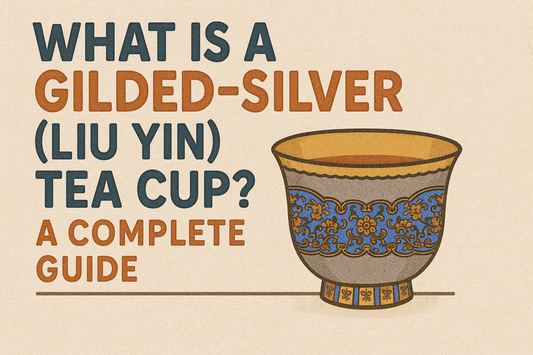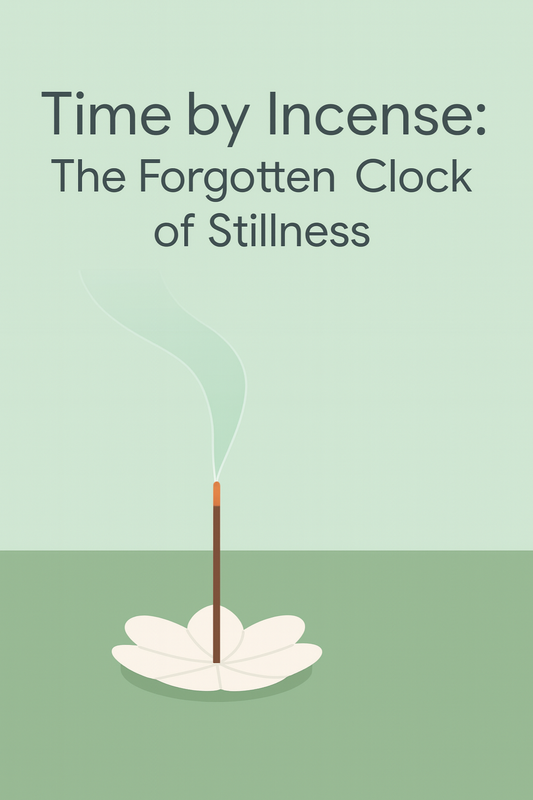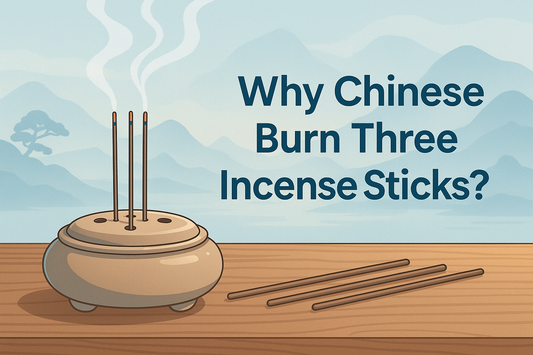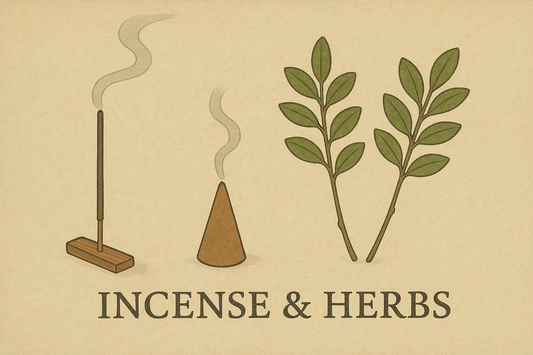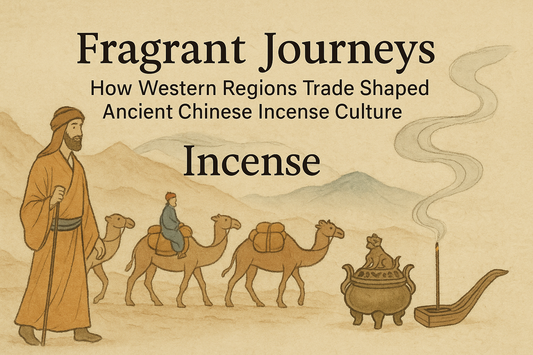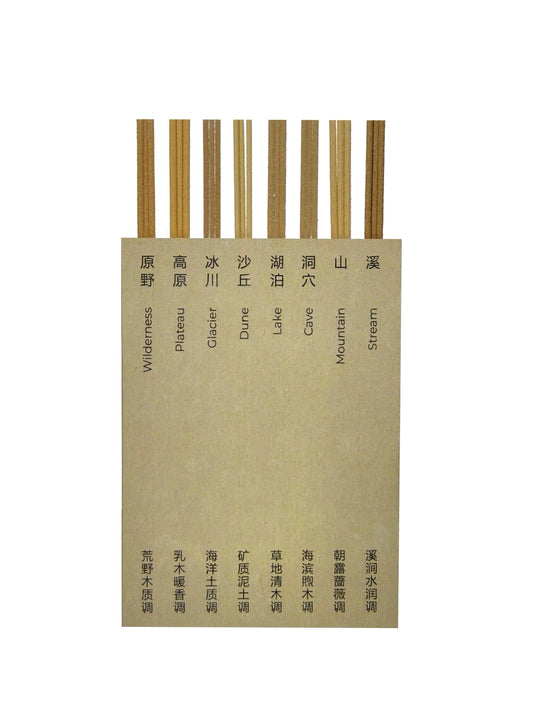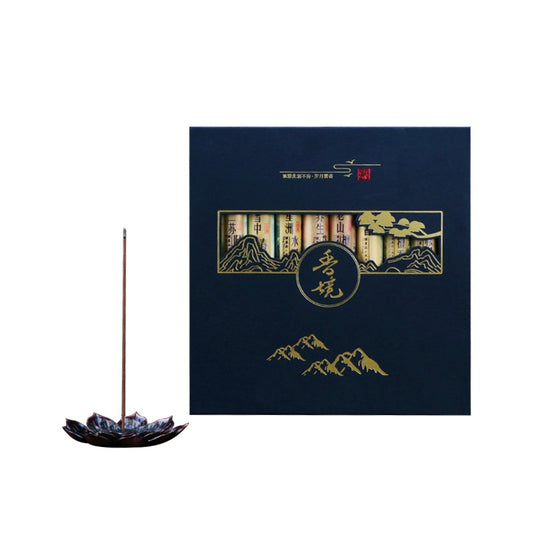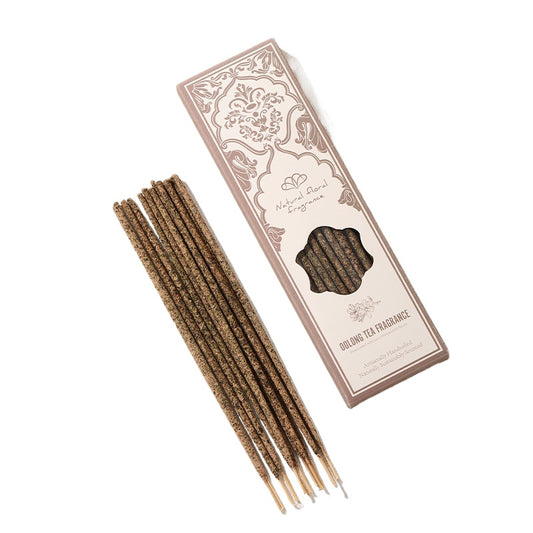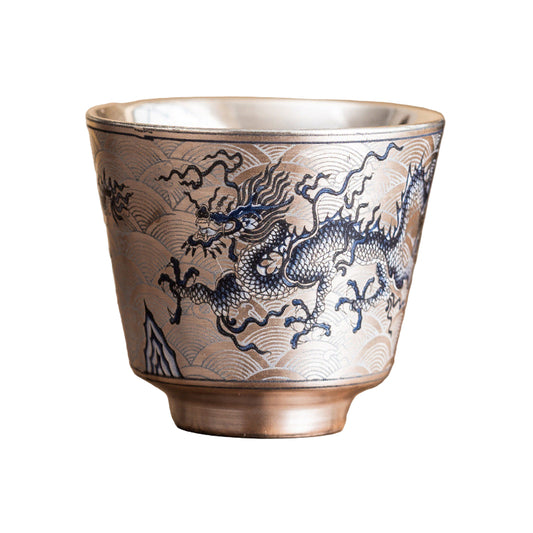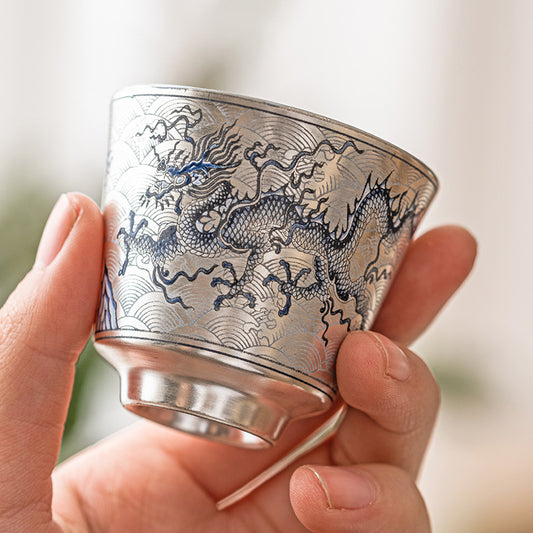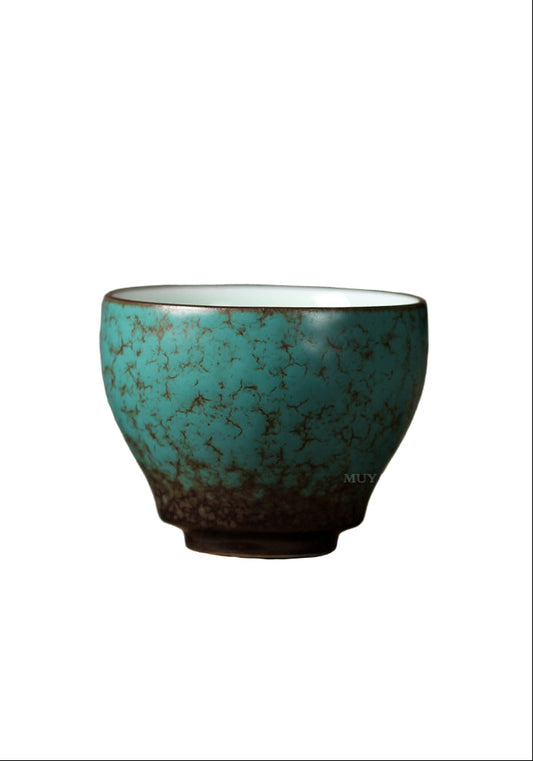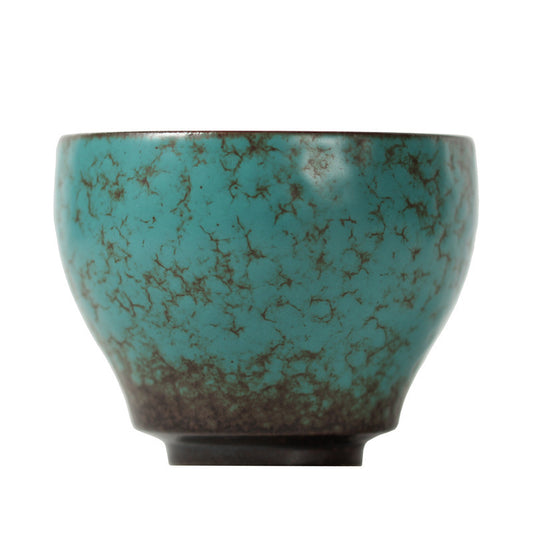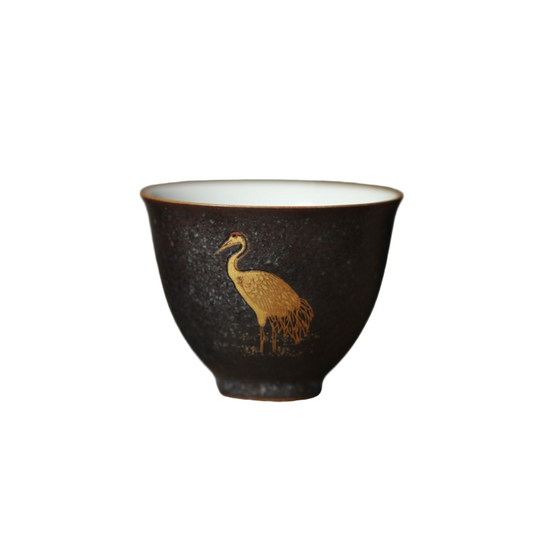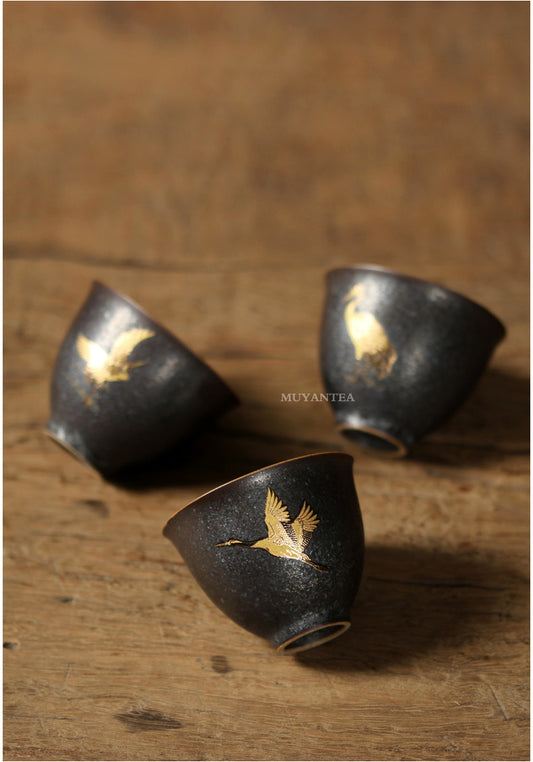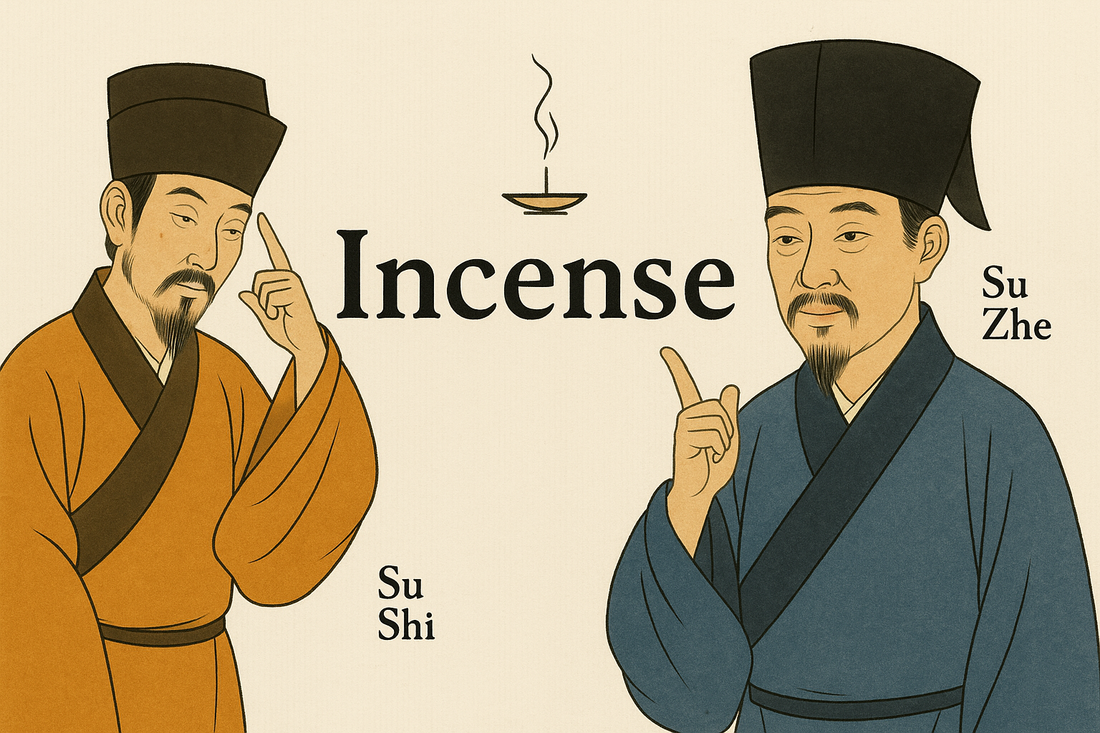
The Scent of Brotherhood with Incense
Su Shi Su Zhe Brotherhood Incense Er Su Jiu Ju Chinese Incense Song Dynasty Scholar's Incense Top Scholar's Incense Traditional Chinese Fragrance Incense Culture China
Su Shi, Su Zhe, and the Legacy of 'Er Su Jiu Ju' Incense
The Su Brothers: A Symphony of Intellect and Affection Su Shi Su Zhe Brotherhood Chinese Scholars Song Dynasty
In the grand tapestry of Chinese history, few figures shine as brightly as Su Shi (蘇軾) and his younger brother, Su Zhe (蘇轍). These two luminaries of the Song Dynasty (960-1279 AD) were not merely celebrated poets, essayists, and calligraphers; they were also connoisseurs of the subtle art of incense, their lives intertwined with fragrant smoke and profound philosophical inquiry. Their bond, a testament to enduring fraternal love, was so deep that Su Shi once affectionately called his brother his "wise friend and life companion" (賢友生), while Su Zhe revered his elder, stating, "He nurtures me as a brother, and teaches me as a master" (撫我則兄,誨則師).
It is this extraordinary brotherhood, coupled with their shared passion for the aromatic arts, that inspired a legendary incense formula known as "Er Su Jiu Ju" (二蘇舊局), often playfully dubbed the "Scholar's Incense" or even the "Top Scholar's Incense." But what makes this particular blend so special, and how did it come to embody the spirit of these two intellectual titans? Let's embark on a fragrant journey through time to uncover the story behind this remarkable blend.
Born into a scholarly family in Meishan, Sichuan, Su Shi and Su Zhe were prodigies from a young age. Their father, Su Xun, was also a renowned scholar, and together, they became known as the "Three Sus" (三蘇), one of the most influential literary families in Chinese history. From their earliest days, the brothers shared an unbreakable bond, supporting each other through political turmoil, personal hardships, and the rigorous demands of imperial examinations. Their literary careers often mirrored each other, with both achieving high office and suffering periods of exile due to political intrigues. Yet, through it all, their mutual respect and affection remained unwavering, a beacon of stability in a turbulent world.
Their correspondence, filled with poignant verses and heartfelt prose, offers a glimpse into the depth of their relationship. Su Shi, known for his expansive spirit and boundless creativity, often found solace and understanding in the quiet wisdom of his younger brother. Su Zhe, in turn, looked up to Su Shi not just as an elder sibling, but as a guiding light, a mentor who shaped his intellectual and spiritual development. This profound connection was not just intellectual; it was deeply emotional, a shared journey through life's triumphs and tribulations.

The Allure of Incense in Song Dynasty China Chinese Incense Culture Song Dynasty Incense Traditional Chinese Fragrance
During the Song Dynasty, the art of incense reached its zenith, evolving from a mere ritualistic practice into a sophisticated cultural pursuit. Incense burning became an integral part of daily life for the literati, used for meditation, scholarly gatherings, artistic creation, and simply to purify the air and uplift the spirit. It was an era when the appreciation of fragrance was considered a mark of refined taste and a pathway to inner harmony. Scholars would meticulously blend various aromatic ingredients—precious woods like agarwood and sandalwood, rare resins, and fragrant herbs—to create unique formulas, each designed to evoke a specific mood or enhance a particular activity.
For the Su brothers, Chinese incense was more than just a pleasant aroma; it was a companion in their intellectual pursuits, a catalyst for inspiration, and a source of comfort during times of adversity. They understood the subtle power of scent to transport the mind, to deepen contemplation, and to connect with the essence of nature. Their writings often allude to the role of incense in their lives, painting a picture of quiet moments spent in contemplation, surrounded by fragrant smoke, as they penned their timeless masterpieces.
'Er Su Jiu Ju': A Fragrant Homage to Brotherhood Er Su Jiu Ju Incense Scholar's Incense Top Scholar's Incense Incense Blending
The "Er Su Jiu Ju" incense formula, though not directly created by Su Shi or Su Zhe themselves, is a beautiful tribute to their legacy. It was formulated by Chen Yunru, a renowned incense master of later generations, who recorded it in his work Yanju Xiangyu (燕居香語, "Incense Language for Leisurely Living"). The name "Er Su Jiu Ju" literally translates to "The Old Gathering of the Two Sus," evoking the image of the brothers sharing a quiet moment, perhaps over a cup of tea and a waft of their favorite incense. It's a romantic notion, a fragrant bridge connecting the present to a golden age of literary and aromatic refinement.
The formula itself is a harmonious blend of precious ingredients, often including agarwood, sandalwood, frankincense, amber, honey, and jasmine flowers. Each component is carefully selected for its unique aromatic profile and its ability to contribute to a balanced and uplifting scent. The combination is said to be both calming and invigorating, conducive to deep thought and creative expression—qualities that perfectly encapsulate the intellectual and spiritual pursuits of the Su brothers.
The playful nicknames, "Scholar's Incense" and "Top Scholar's Incense," further underscore its connection to the Su family's intellectual prowess. It suggests that this blend was not just for pleasure, but for enhancing mental clarity, focus, and inspiration—essential tools for any aspiring scholar or literary genius. It's a reminder that even in the pursuit of knowledge, there is beauty and sensory delight to be found.

The Enduring Legacy: More Than Just a Scent Cultural Heritage Incense Ancient Chinese Incense Fragrant Harmony
The story of "Er Su Jiu Ju" is more than just a recipe for a fragrant blend; it's a narrative about the enduring power of brotherhood, the profound influence of culture, and the timeless appeal of sensory experiences. It reminds us that true genius is often nurtured in quiet moments of contemplation, surrounded by beauty and supported by unwavering bonds.
Today, as we light a stick of "Er Su Jiu Ju" incense, we are not just enjoying a pleasant aroma; we are connecting with a rich history, a legacy of literary brilliance, and a testament to the power of human connection. We are invited to step into the world of Su Shi and Su Zhe, to breathe in the same air that inspired their masterpieces, and to find our own moments of clarity and creativity in the fragrant embrace of this ancient blend.
So, the next time you seek inspiration, or simply a moment of peaceful reflection, consider lighting the "Scholar's Incense." Let its fragrant smoke transport you to the serene courtyards of the Song Dynasty, where two brothers, bound by intellect and affection, found harmony in the subtle dance of scent and spirit. It's a reminder that some legacies, like the finest incense, only grow richer with time.
Discover the Timeless Elegance of Traditional Chinese Incense
Explore our collection of handcrafted incense blends, inspired by centuries of aromatic wisdom.
Shop NowReferences
- Teahabitat: Er Su Jiu Ju Coil Incense
- NewZen: Four Ancient Formula Incense Powders
- Yunmi Incense: Jasmine Resin Incense Stick
- Facebook: A beautiful blend based on a recipe created as a birthday gift from Su Shi to Su Zhe
- The World of Chinese: How Traditional Chinese Fragrances Quiet the Clamor of Modern Life
- HNDGCXGS: Classics Common Reading | Su Shi
- Baidu Baike: 传统合香香丸二苏旧局
- Threads: 香方分享— 二蘇舊局— 文青系— 品味冷凝
- Facebook: 二蘇舊局是《燕居香語》的作者陳雲如的香方,託蘇氏兄弟二人之名
- Baidu Baike: 非遗制香大师合香|二苏旧局
- Meipian: “二苏旧局”是什么香?
- Facebook: 「千里共嬋娟」這有名的詩句是蘇軾大醉後,寫給弟弟表達思念的詩
- Threads: 1080年,蘇軾來到了被貶的黃州
- Facebook: 與蘇東坡有關的香二蘇舊局
- Pixnet: 蘇軾、蘇轍寫詩百首相互唱和,成兄友弟恭典範
- ProQuest: Sensing The Broadening World: The Birth of Incense Culture in Song Dynasty China (960-1279)
- Taylor & Francis: Imagined blood: the creation of a community of memory through Sworn Brotherhood
- UBC Library: Improvised great ages: the creating of Qingming shengshi
- Academia Sinica: 全球化下的地方性: 臺南西港刈香中的時間, 空間與村際網絡
- NHUIR: 探索網路文字下的大溪老街
- CUHK: 劫灰與蘭花: 新加坡日據時期的兩部舊體詩集
- ResearchGate: 蘇軾, 蘇轍文傳述論——兼論宋代文傳及目前文傳研究存在的問題
- Google Books: 蘇東坡詩選


